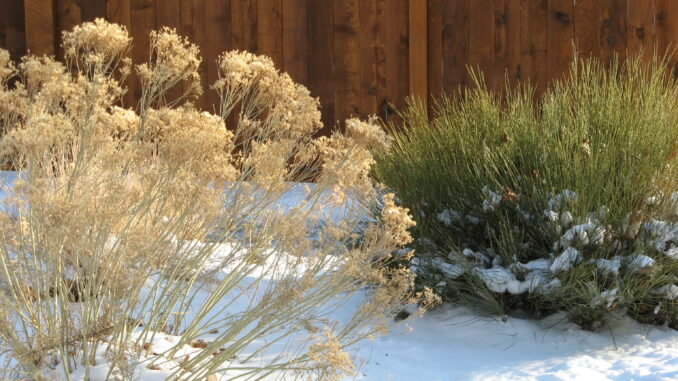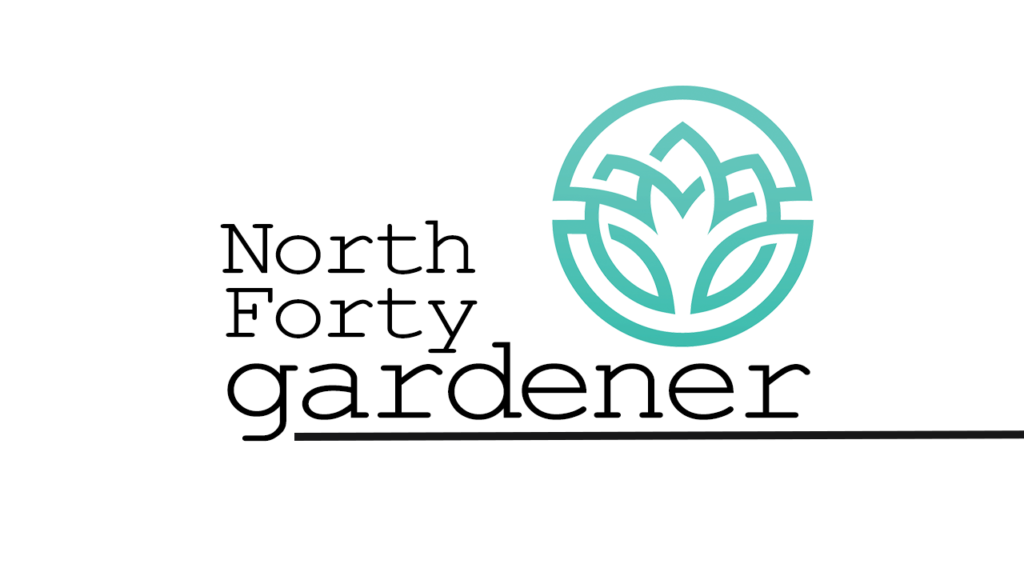

By Robyn Dolgin, Wild Iris Living, LLC
As garden lovers, we’re learning to play by a different set of rules. We’re realizing there’s no such thing as an average year as it applies to the growing season, temperature fluctuations, moisture levels, numbers of pollinators, and disease and insect populations.
Wisely designing your yard for resiliency will lead to healthy spaces providing year-round beauty. With forethought, landscapes can require less water and maintenance while supporting a diverse range of wildlife. These approaches can lead to less stress, as it’s hard to watch our plants struggling with harsh conditions or due to the lack of timely care. Re-establishing our connection to the natural world offers profound positive effects while worldly circumstances continue beyond our control.
Planning includes thoughtful plant and hardscape selection and placement, adequate soil preparation, adaptable irrigation systems, and site-specific mulching practices. Essentially, these encompass the tried-and-true water-saving Xeriscape™ principles that have guided us for years.
The initial design phase can designate a mix of plants with varying water needs. Simply group them together by exposure tolerances and similar water needs. Consider having plants with more aesthetic appeal closer to the house while using native shrubs out towards perimeter areas. Natives can have a beautiful yet rangier appearance but they’ll be tougher than those unaccustomed to receiving only moisture from snow or rainfall.
If you have a vegetable garden and fruiting bushes or trees, install a variety of native plants nearby to support our local pollinators. Colorado’s 946 native bee species are the champion pollinators of local gardens and many small farms. Reducing reliance on pesticides such as insecticides, fungicides, and weed killers is critical to the protection of pollinators, which includes not only bees, but also butterflies, moths, bats, birds, and hummingbirds. Instead, support the diverse natural systems that reduce pest problems.
When planting, dig the holes two times the width of the container as this allows for expanded root systems and a larger area of loosened soil for water to soak into. Mix 1/3 compost in with the soil you’ve removed from the hole. In our clay soils, this looser soil combination helps all plants to become established in the first few years before water is intentionally reduced.
Drip systems and soaker hoses should be installed under your mulch. In approximately three years after installation, extend the tubing outward to accommodate a spreading root system. Select a high-quality, easily programmable hose bib irrigation timer for smaller gardens not on an automatic system.
Mulch around plants to protect their roots from extreme temperature fluctuations and to keep moisture in the ground. Fibrous woody products like gorilla hair and shredded cedar are less likely to sail away with our desiccating winds. Pea gravel and 1 ½ inch size stone are even more windproof. These sizes are much easier to weed or walk through than larger gravel.
Landscaping with a sense of place while facing climate challenges can still be done well. Luckily there’s a host of plants, many of them tough and less thirsty, to integrate with your yard for year-round splendor and resiliency.
Support Northern Colorado Journalism
Show your support for North Forty News by helping us produce more content. It's a kind and simple gesture that will help us continue to bring more content to you.
BONUS - Donors get a link in their receipt to sign up for our once-per-week instant text messaging alert. Get your e-copy of North Forty News the moment it is released!
Click to Donate
